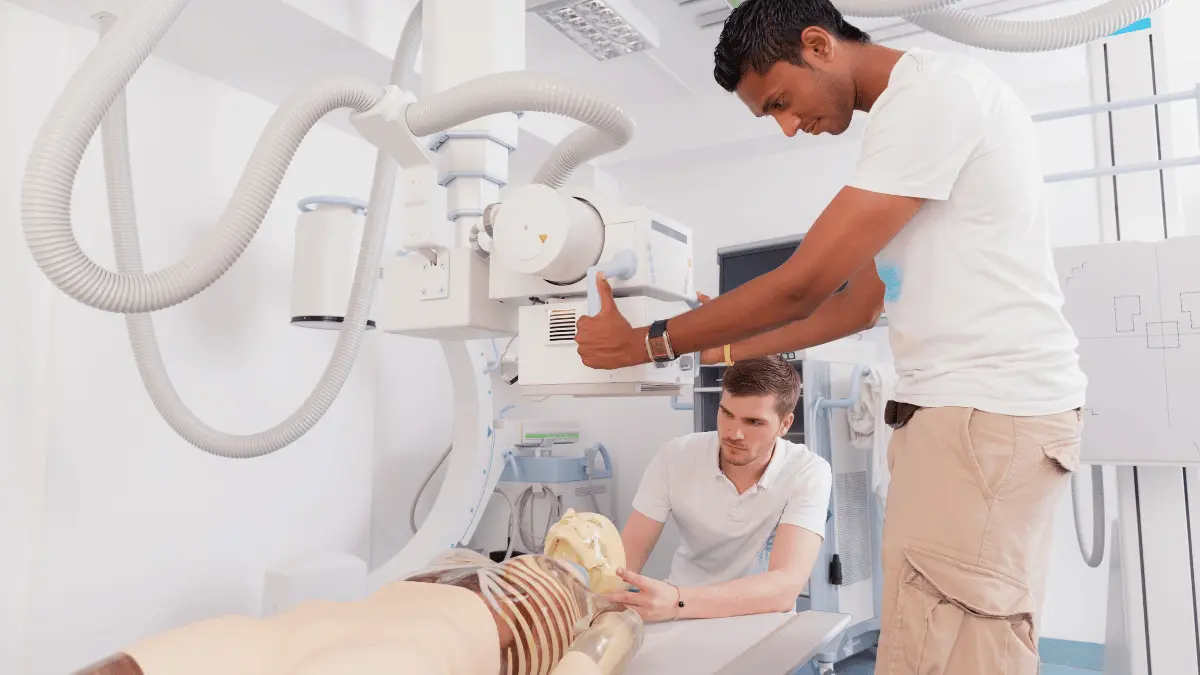The Role of X-Ray Scanners in Modern Safety Strategies
Terrorism, smuggling, and other criminal activities pose significant threats to public safety, making it imperative for organizations to adopt comprehensive security measures. From airports to schools, government buildings to event venues, the demand for effective security solutions is at an all-time high. In this context, x-ray scanners have emerged as crucial tools in enhancing security…
Terrorism, smuggling, and other criminal activities pose significant threats to public safety, making it imperative for organizations to adopt comprehensive security measures. From airports to schools, government buildings to event venues, the demand for effective security solutions is at an all-time high. In this context, x-ray scanners have emerged as crucial tools in enhancing security protocols, providing a reliable means of detecting potential threats and ensuring the safety of individuals and assets.
The Functionality of X-Ray Scanners
X-ray scanners operate on the principle of radiation detection, using high-energy waves to penetrate materials and create detailed images of their internal structures. This technology enables security personnel to identify concealed weapons, explosives, and other hazardous materials that may pose a risk to public safety. The scanners are equipped with advanced imaging software that enhances the visibility of objects within bags, packages, or cargo, allowing for quick identification and assessment of potential threats.
Modern x-ray scanners come in various forms, including handheld devices, portable units, and large-scale systems designed for high-traffic areas. Each type has its own unique advantages, catering to specific security needs. For instance, handheld scanners are ideal for mobile inspections, while large-scale systems are commonly used in airports and seaports, where large volumes of baggage and cargo must be screened efficiently.
Integration with Comprehensive Security Systems
The effectiveness of x-ray scanners in enhancing security protocols is amplified when integrated into broader security systems. A multi-layered approach to security combines various technologies and strategies, creating a robust framework for threat detection and response. X-ray scanners can be seamlessly integrated with surveillance cameras, metal detectors, and access control systems to provide a comprehensive security solution.
For example, in an airport setting, an integrated system may involve x-ray scanners working in conjunction with body scanners and facial recognition technology. When a suspicious item is detected by the x-ray scanner, security personnel can quickly review surveillance footage to determine the individual’s behavior and intent, allowing for more informed decision-making. This synergy not only enhances threat detection but also ensures a more efficient screening process, reducing wait times and improving the overall passenger experience.
Enhancing Threat Detection Capabilities
One of the most significant advantages of x-ray scanners in modern security strategies is their ability to enhance threat detection capabilities. Traditional security measures, such as manual inspections or even metal detectors, may not be sufficient to identify all potential threats. X-ray scanners provide a deeper level of analysis, allowing security personnel to visualize the contents of bags and packages without the need for manual searches.
Moreover, advancements in machine learning and artificial intelligence have further improved the effectiveness of x-ray scanning technology. Modern x-ray scanners can be programmed to recognize specific shapes and density variations associated with dangerous items. By leveraging these capabilities, security personnel can benefit from automated alerts, reducing the likelihood of human error and improving response times.
Addressing Privacy Concerns
While the benefits of x-ray scanners in enhancing security protocols are clear, it is essential to address the privacy concerns that often accompany their use. Many individuals worry about their personal belongings being inspected without consent, leading to a perception of invasive security measures. To mitigate these concerns, organizations must prioritize transparency and communication with the public.
Implementing clear guidelines outlining the purpose and limits of x-ray scanning can help reassure individuals that their privacy is being respected. Furthermore, the use of advanced imaging technologies that anonymize images can enhance public confidence in the security process. By ensuring that security measures are both effective and respectful of individual rights, organizations can foster a culture of cooperation and trust.
The Economic Impact of X-Ray Scanners
Investing in x-ray scanners can have significant economic implications for organizations and governments. While the initial costs of purchasing and installing these systems may be substantial, the potential savings associated with preventing security breaches far outweigh these expenses. A successful security protocol can protect against financial losses due to theft, damage, or liability claims arising from security incidents.
Additionally, enhancing security measures using x-ray scanners can improve operational efficiency. By streamlining the screening process, organizations can reduce the time required for inspections, leading to shorter wait times and increased customer satisfaction. In high-traffic environments such as airports and stadiums, efficient security processes can enhance overall user experience, ultimately contributing to repeat business and revenue growth.
Future Developments in X-Ray Technology
As technology continues to advance, the future of x-ray scanners in security protocols looks promising. Innovations in imaging technology, such as computed tomography (CT) scanners and advanced material identification, are already being explored to enhance the capabilities of existing systems. These developments aim to provide even more detailed images and faster processing times, further improving threat detection and response capabilities.
Moreover, the integration of x-ray scanners with other emerging technologies, such as biometrics and robotics, holds immense potential. For instance, the use of drones equipped with x-ray scanning capabilities could revolutionize the way security is managed in large outdoor events, enabling real-time surveillance and threat assessment without overwhelming security personnel.
In summary, x-ray scanners play a pivotal role in modern safety strategies, enhancing security protocols and providing reliable means of threat detection. By integrating these systems into comprehensive security frameworks, organizations can create safer environments for individuals while addressing public concerns and improving operational efficiency. As technology continues to evolve, the importance of x-ray scanners in safeguarding our communities will only grow, making them an indispensable tool in the fight against crime and terrorism.

